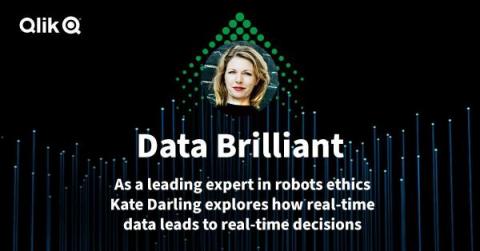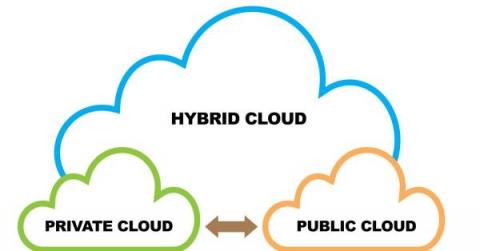Make the most of people data to better manage attrition
Workforces across the world have changed rapidly over the past couple of years thanks, in large part, to two major trends. The first is the rapid digitization and transformation of service offerings during the pandemic. As our working lives shifted from office-based to online-based, the services that enable employees to do their jobs had to follow the same pattern. And with working practices predicted to remain a hybrid mix of office and remote-based, these changes are here to stay.





